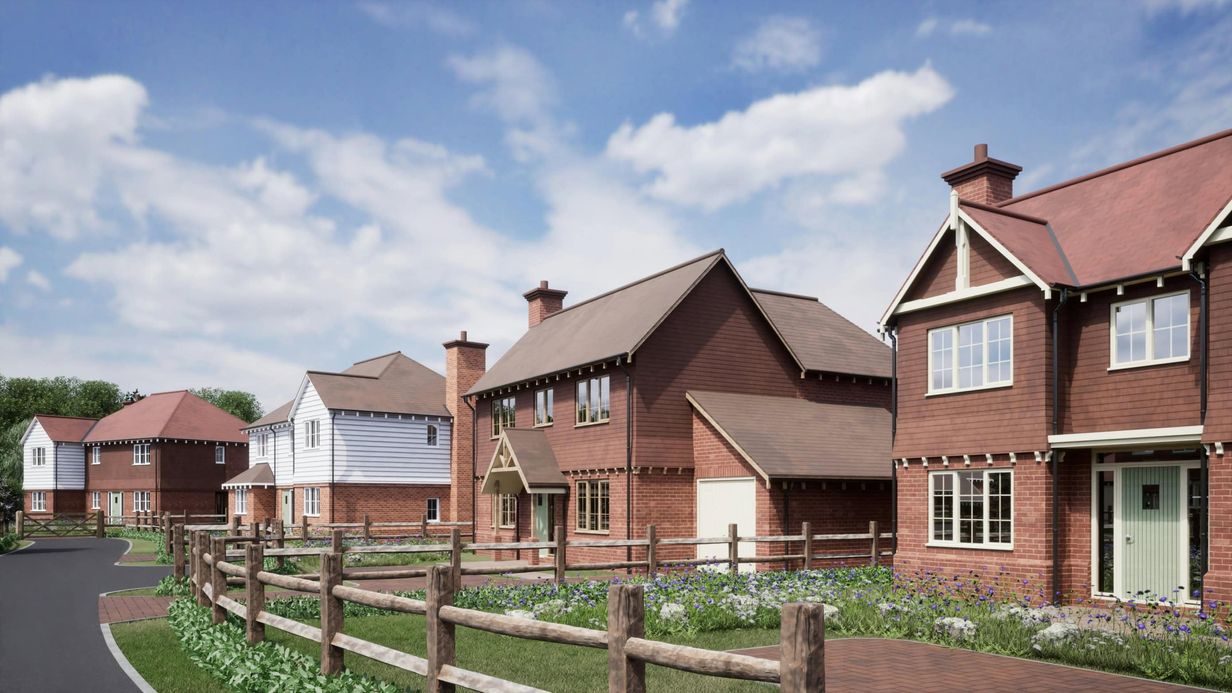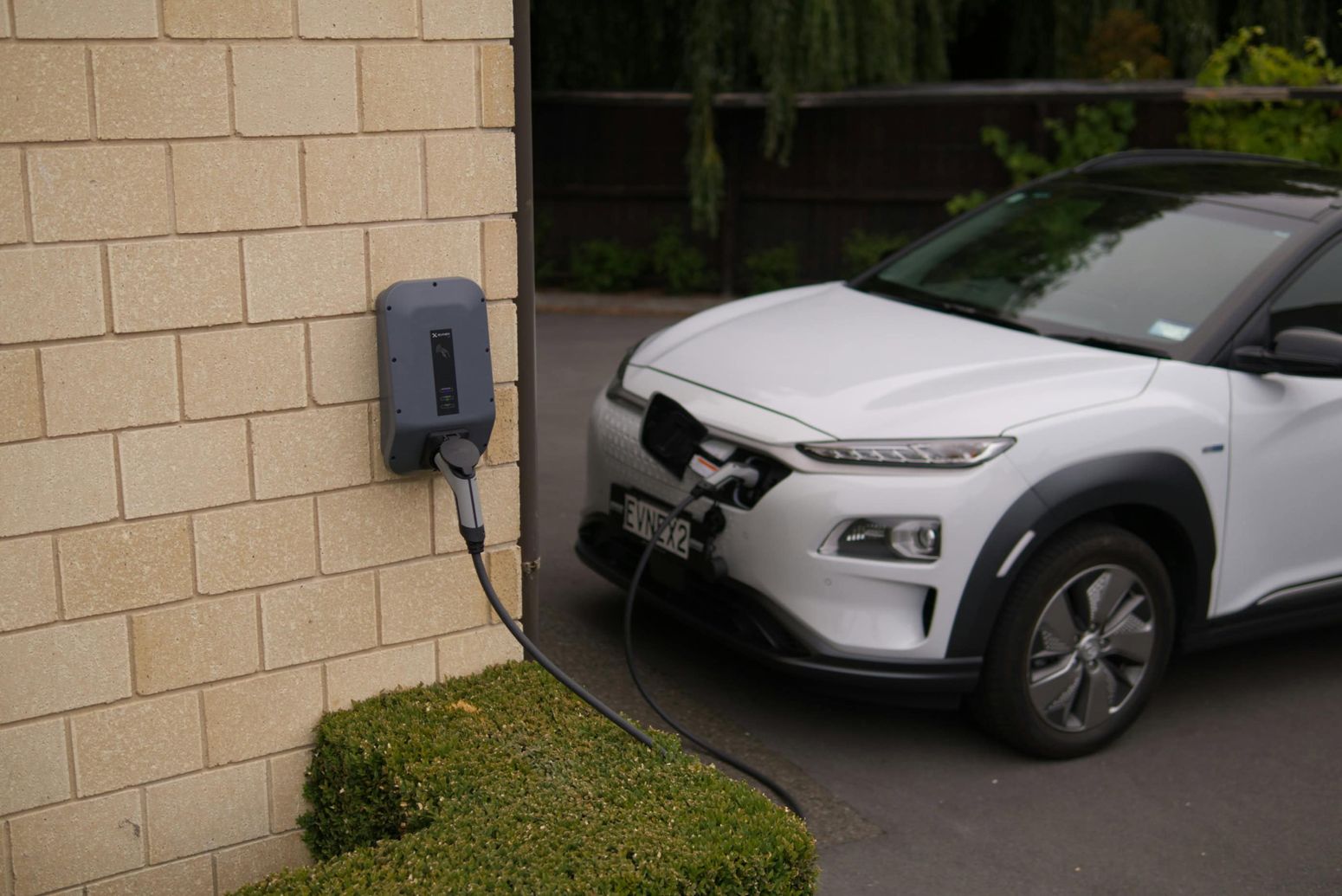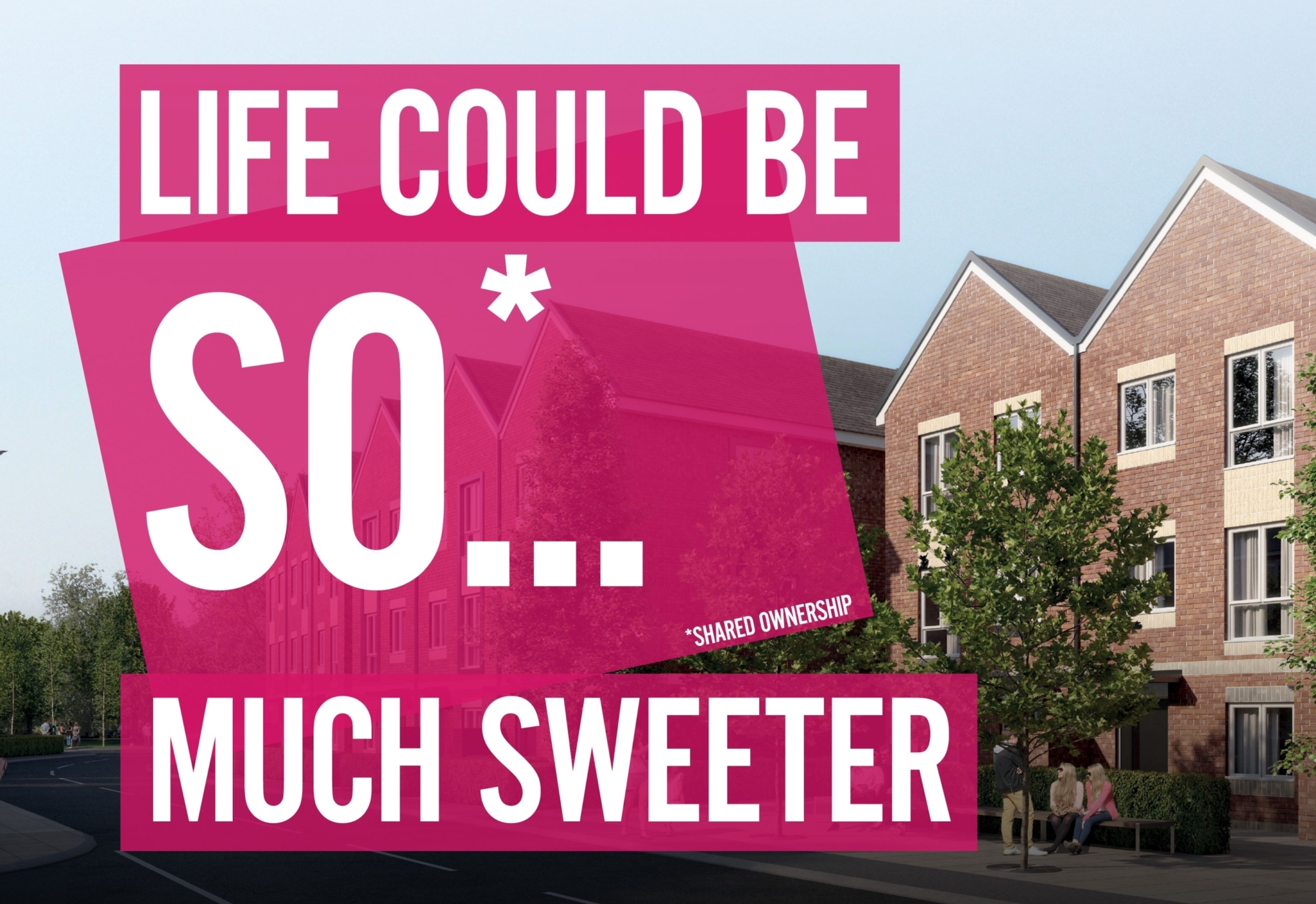How to find a sustainable home for the future

Earth Day 2025 happened recently, with this year’s theme being ‘our power, our planet’. The annual event serves as a powerful reminder of our impact on the environment, from the small choices we make day-to-day to the big life-changing decisions, such as the homes we buy.
In this blog, we’re delving into the importance of sustainable housing and the future-ready features to look for during your home search, from EV charging points to solar panels and heat pumps.
Why sustainable housing matters
Sustainable housing is a pertinent topic in the current climate, as the UK government aims for net-zero emissions by 2050 and the population faces rising energy costs. Building eco-conscious homes can help us, as a nation, tackle both these matters. They’re good for both the planet and your pocket, as they reduce carbon footprints, minimise environmental impact and can contribute to cheaper energy bills.
Cost of living
The cost of living crisis caused a shift in first time buyer attitudes towards choosing greener homes. It’s clear to see why. Sustainable housing provides homeowners with various benefits, from lower running and maintenance costs to higher property values. When homes feature efficient fixtures powered by renewable energy sources, they offer long-term stability against the phasing out of fossil fuels, unlike older homes, which might require upgrades or retrofitting to support the transition.
Future Homes Standard
The Future Homes Standard, which will come into full effect by the end of 2025, is a series of building regulations that will reduce carbon emissions in new homes by 75% to 80%. It also mandates that all new-build homes feature low-carbon heating, prioritise energy efficiency and maximise insulation. The implementation of the Future Homes Standard follows previous updates to the UK Building Regulations in 2022 to ensure new-builds produce less carbon than previous standards.
Sustainable home features to look for
To help you find a home that’s built for the future, we’ve put together a list of features to look out for during your property search.
EV charging points
If you have a car and driving is necessary for your lifestyle – for instance, if you live in a more rural area or must drive for work – it would be smart to look for a home with an electric vehicle charging point. As the motor industry transitions to electric-powered vehicles, homes with EV charging ports are future-proofed for 2030 and beyond, when the sale of new petrol and diesel cars will be phased out.

Solar panels
Solar panels absorb energy from the sun, producing an electrical charge which can be used to power your home. While strong sunshine generates more electricity, one of the great things about solar panels is that they can work on cloudy days, perfect for the UK weather.
Solar panels for homes are fixed to the roof. The electric charge they produce creates a direct current. This then passes through a solar inverter, turning it into an alternating current, which is what your household appliances need to run.
As they use the sun’s energy – an infinitely renewable source – your home will generate its own electricity, reducing the amount you need to purchase from the grid and saving you money on energy bills.

Heat pumps
As part of the Future Homes Standard, heat pumps will become the primary heat source in new-builds from 2025 onwards to reduce carbon dioxide emissions from homes. They’re a low-carbon alternative to traditional heating systems like gas boilers, as they can use electricity generated from renewable energy sources rather than fossil fuels.
Heat pumps work like refrigerators in reverse. They take heat from the air or ground, raise the temperature and transfer it to the home’s central heating system. This process makes them more efficient than alternatives, as they use less energy by moving heat rather than generating it.
High EPC rating
All homes are given an Energy Performance Certificate (EPC), indicating how energy efficient the property is. The rating scale runs from A to G, with A being the optimal score and G being the lowest.
According to the most recent ONS data from 2024, most homes in England have a D rating. However, new-builds score much higher than this. The latest government data on EPC ratings for new-builds in England shows that in the quarter from January to March 2025, 86% were given an EPC rating of A or B. New-build homes often feature energy-efficient appliances and lighting, such as LEDs, contributing to these high scores and lower energy bills.
Green spaces
The government’s National Planning Policy Framework states that people living in new-build communities should be able to access good-quality green spaces within a short walk of their homes. As such, many developers integrate green spaces within housing estates, from parks and gardens to woodlands.
These green spaces can improve wellbeing by providing places to exercise outdoors, meet and socialise or connect with nature. They also generate oxygen and promote biodiversity, providing habitat for wildlife and having a positive impact on the local environment.

Eco-friendly transport routes
Several local planning authorities are promoting 20-minute neighbourhoods, also known as 15-minute cities, whereby people can access most of the things they need for daily life within a short distance of their home via walking or cycling. Alongside benefiting personal wellbeing, the concept minimises environmental impact by reducing reliance on cars. To accommodate this, new housing developments often incorporate infrastructure to encourage eco-friendly travel, such as walking and cycling routes and connections to existing public transport networks.
Find sustainable homes in your area
Whether you’re seeking climate-conscious coastal living or a future-ready home in the city or countryside, you can find a range of properties available through alternative homeownership schemes on Share to Buy. Use our property portal to search for sustainable homes in your area.

